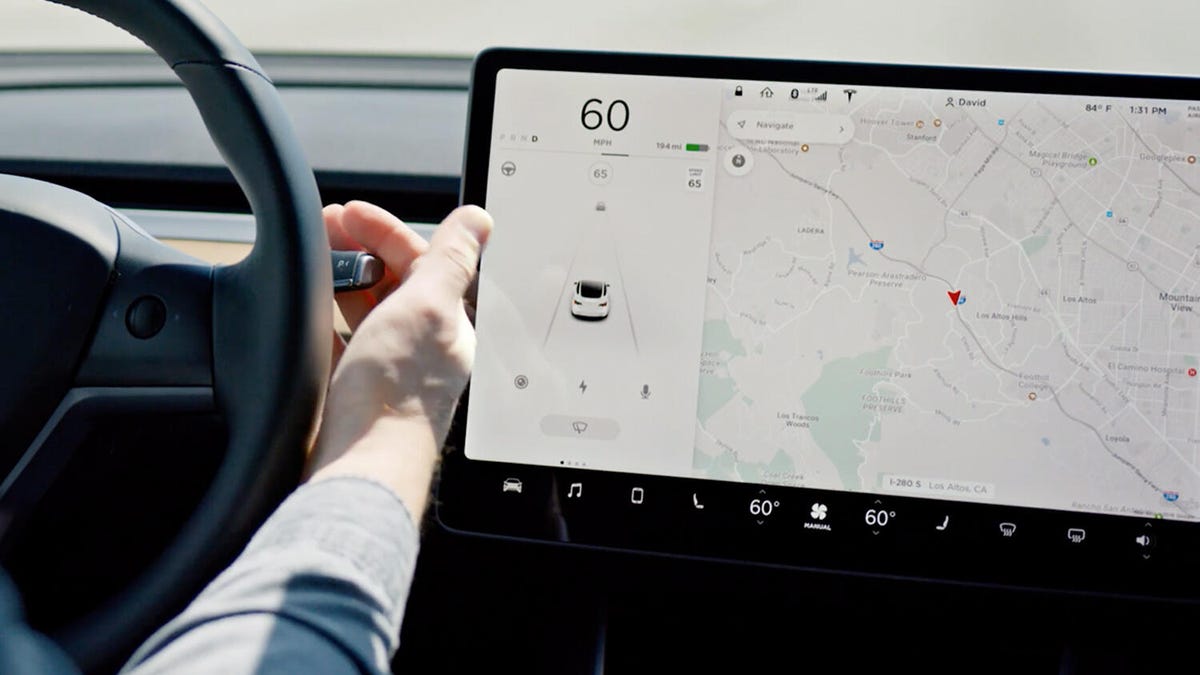Driver tech like Tesla's Autopilot needs real regulation, says IIHS
Partially automated driving technology still requires the driver's full attention -- the IIHS says automakers aren't doing enough to make that clear.
Today, there are no self-driving cars on sale. Tomorrow, there will be no self-driving cars on sale. Next year, barring some mesmerizing breakthrough, there will be no self-driving cars on sale.
With that out of the way, what we see incorporated in some vehicles today are partially automated systems that still require the driver's full attention at all times. However, the Insurance Institute for Highway Safety believes automakers aren't doing enough to make sure drivers understand this.
The IIHS on Thursday issued guidelines it hopes automakers, and the government, will strive for when it comes to partially automated technology. These systems rank at Level 2 on the SAE scale of autonomy and include Tesla's Autopilot, General Motors ' Super Cruise and Nissan's ProPilot Assist. Level 5 is full autonomy, for reference.
In fact, the IIHS doesn't even think some features ought to be included in some Level 2 systems at all, such as automatic lane changes. Instead, the insurance industry-funded safety group thinks these systems should always keep the driver engaged.
To resolve this, the IIHS believes automakers should install multiple guardrails. Cadillac got partial high marks for including a camera system with its Super Cruise system that watches drivers to make sure they're paying attention, and a guardrail to keep Super Cruise active only on mapped, divided highways, but it offers no other functions to keep drivers alert. Drivers can literally leave their hands off the wheel with Super Cruise engaged.
As soon as the system detects the driver's attention has wandered, the IIHS wants to see a series of alerts fire off. First, a visual reminder; then, a more prominent visual reminder plus an audible or physical alert, such as a seat vibration. Drivers should get two more chances, per the guidelines, with all three alerts blaring and finally all three plus pulsed braking.
If the driver doesn't respond, the IIHS called on automakers to kill the system, bring the car to a slow stop and turn on the hazard lights. The partially automated tech should then be locked for the remainder of the drive, the IIHS suggested.
These are only guidelines, but the IIHS believes it's the best way to ensure drivers avoid crashes involving the systems and overreliance on them. As more automakers put this type of tech in their cars, these suggestions may well become real regulations.
First published March 12.


